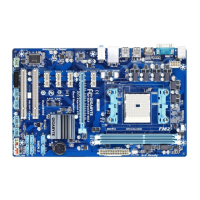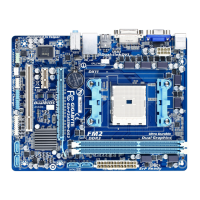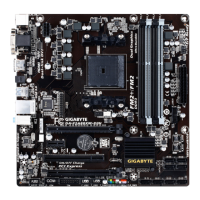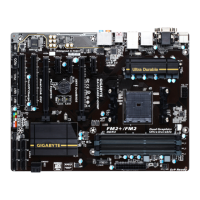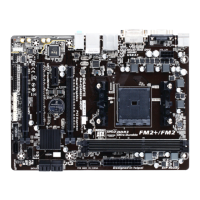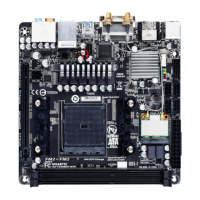- 30 -
&
Allows you to select a device to boot immediately. Press <Enter> on the device you select and select Yes
&
Select File in
HDD/USB/FDD
&
If your system becomes unstable and you have loaded the BIOS default settings, you can use this function
Select
File in HDD/USB/FDD
automatically created by the BIOS, such as reverting the BIOS settings to the last settings that worked
Chapter 3 Appendix
Before you begin, please prepare the following items:
•
• Windows setup disk.
• Motherboard driver disk.
•
•
•
A. Installing SATA hard drive(s) in your computer
Attach one end of the SATA signal cable to the rear of the SATA hard drive and the other end to available SATA
port on the motherboard. Then connect the power connector from your power supply to the hard drive.
refer to Chapter 2, "BIOS Setup," "Integrated Peripherals."
Steps:
1.
Make sure is enabled under . Set
Type to RAID.
2.
settings and exit BIOS Setup. Refer to "C-2" for more information.
The BIOS Setup menus described in this section may differ from the exact settings for your motherboard.
The actual BIOS Setup menu options you will see shall depend on the motherboard you have and
the BIOS version.
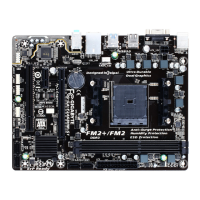
